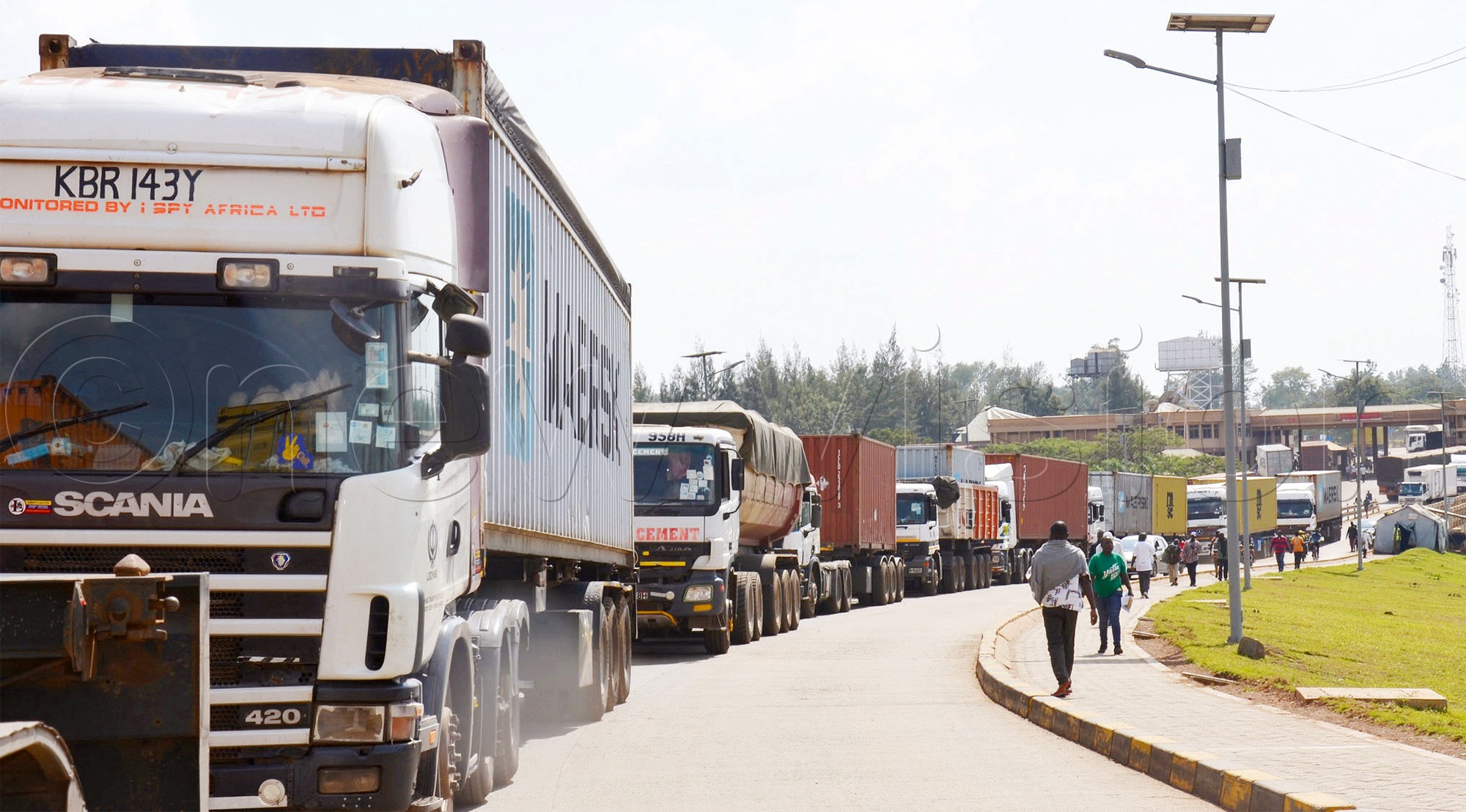
The Democratic Republic of the Congo surpasses Kenya and Uganda as Tanzania’s primary export market
The proportion of Dar’s exports to the DRC has increased to 4.4 percent, while those of Kenya and Uganda are adversely affected by trade conflicts.
Tanzania is currently exporting a greater volume of commodities to the Democratic Republic of Congo (DRC) than to its traditional markets of Kenya and Uganda, underscoring the evolving trade dynamics influenced by new entrants into the EAC bloc and ongoing trade conflicts about tariff and non-tariff barriers (NTBs).
Recent statistics from the Bank of Tanzania (BoT) indicates that Kinshasa has surpassed Nairobi and Kampala as the primary export destination for Tanzania.
The Democratic Republic of the Congo and Somalia became members of the East African Community in 2022 and 2024, respectively, increasing the bloc’s membership to eight. Additional countries include Kenya, Uganda, Tanzania, Rwanda, Burundi, and South Sudan.
The Bank of Tanzania’s recent annual report (2022/2023 fiscal year) indicates that over the past three fiscal years (2020/2021-2022/2023), Tanzania’s export share to the Democratic Republic of the Congo rose to 4.4 percent from 3.7 percent, whereas exports to Kenya and Uganda decreased to 4.1 percent from 4.7 percent and to 4.6 percent respectively.
Tanzania’s exports to the DRC were 3.7 percent in 2021/2022 and 2.6 percent in 2020/2021.
The proportion of Tanzania’s exports to Kenya decreased to 4.1 percent in 2022/2023, down from 6.7 percent in 2021/2022 and 4.7 percent in 2020/2021. Similarly, the share of exports to Uganda fell to 4.1 percent in 2022/2023, compared to 4.2 percent in 2021/2022 and 4.6 percent in 2020/2021.
Tanzania’s exports to Burundi remained stable at three percent over the reviewed period.
The research states that South Africa and the Democratic Republic of Congo are the primary export destinations for Tanzania, with 14.8 percent and 4.4 percent of total exports, respectively.
The trade balances have altered after the Democratic Republic of Congo’s accession to the East African Community.
Tanzania’s exports to EAC nations primarily consisted of cereals, especially rice and maize, along with iron and steel, fertilizers, and cement. Conversely, significant imports encompassed iron and steel, soap and detergents, pharmaceutical products, and food and beverages for domestic consumption, predominantly sugar and sugar confectionery.
The research indicates that the majority of Tanzania’s trade occurred with China, South Africa, and the United Arab Emirates (UAE), which together accounted for 43.5 percent of Tanzania’s exports and 49.1 percent of its imports in the 2022/2023 fiscal year.
In the 2022/2023 fiscal year, the majority of Tanzania’s exports were directed to India, South Africa, and the United Arab Emirates, accounting for 18 percent, 14.8 percent, and 10.8 percent, respectively.
Tanzania’s imports from China, the UAE, and India constituted 25.5 percent, 12.5 percent, and 11.5 percent, respectively, in the 2022/2023 fiscal year.
The EAC member States are presently engaged in a review of fees, levies, and charges levied on vital goods and services within the transport and agriculture sectors, which have often incited trade disputes and hindered intra-regional trade in the bloc.
Harmonious impositions
The optimization of trading expenses in the transport and agriculture sectors constitutes the preliminary stage of a comprehensive initiative by regional authorities to standardize certain levies and fees, while entirely eliminating those deemed ‘excessive’ and ‘discriminatory’ across seven critical sectors, including transport, agriculture, environment, trade, finance, energy, and tourism.
The initiative initiated in 2021 aims to assess supplementary costs affecting the trade of various poultry products, including day-old chicks, hatching eggs, table eggs, as well as fish and fish products, dairy, veterinary pharmaceuticals, pesticides, and both human and veterinary medications in Kenya, Uganda, Rwanda, Burundi, Tanzania, South Sudan, Somalia, and the Democratic Republic of Congo (DRC).
Additional charges include road user fees, passenger service fees in aviation, landing fees, parking levies, navigation fees, and docking taxes for cargo boats at ports.
According to the EAC’s updated four-band common External Tariff (CET) framework, member states established a 0 percent import duty on raw materials and capital goods, a 10 percent import duty on intermediate products not produced within the EAC region, a 25 percent import duty on intermediate products available in the EAC region, and a 35 percent duty on imported finished goods.
In 2022, overall Intra-EAC trade increased by 11.2 percent to $10.91 billion from $9.81 billion, while the proportion of Intra-EAC trade relative to total EAC trade was 15 percent, as reported in the EA trade and investment report (2022).
The primary products traded within the East African Community are grains, cement, iron and steel, live animals, petroleum products, sugar, and food and drinks.
In the 2022/23 fiscal year, Tanzania exported commodities valued at $1.61 billion to Southern African Development Community (SADC) member nations, an increase from $1.26 billion in the 2021/2022 fiscal year, as reported by the Bank of Tanzania (BoT).
Gold constituted almost 90 percent of overall exports to SADC, with a significant portion directed towards South Africa.
Additional exports to SADC comprised textiles, fertilizers, iron and steel, and glassware.
The proportion of Tanzania’s imports from SADC remains modest, constituting around 4.1 percent of overall imports in 2022/23. South Africa constituted the primary source of imports within SADC, representing 3.6 percent.
Tanzania’s exports to the EAC region declined by 9.4 percent to $1.3 billion in 2022/23, while imports from the region also reduced by 9.4 percent to $545.2 million.
Tanzania experienced a reduction in trade surplus with the region, amounting to $755.2 million in 2022/23, down from a surplus of $879.6 million in 2021/2022.
Tanzania’s exports to EAC nations primarily consisted of cereals, especially rice and maize, along with iron and steel, fertilizers, and cement. Conversely, significant imports encompassed iron and steel, soap and detergents, pharmaceutical products, and food and beverages for domestic consumption, predominantly sugar and sugar confectionery.
In 2022/23, goods exports rose by 3.8 percent to $7.36 billion, a deceleration from the previous year’s 10 percent growth, mostly propelled by non-traditional exports, notably commodities like gold and coal.
All Categories
Recent Posts
Tags
+13162306000
zoneyetu@yahoo.com



